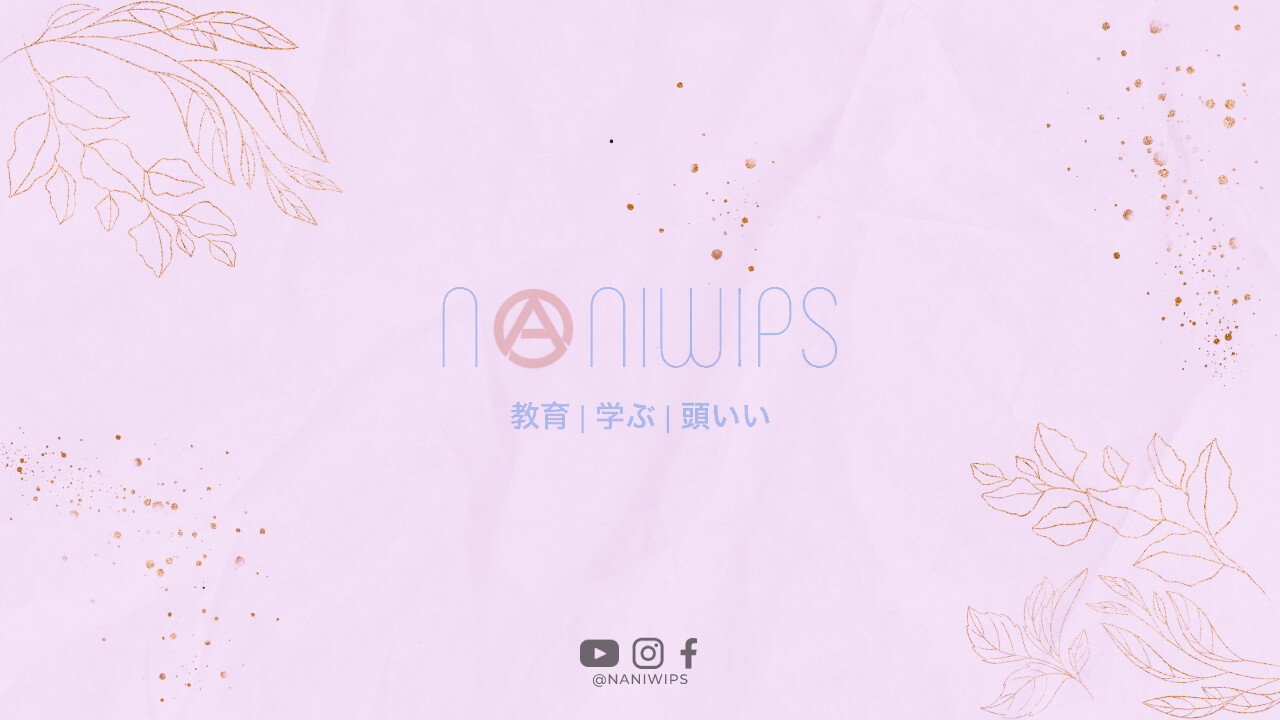高校 カリキュラム or high school curriculum in Japan is a structured academic program that students are required to follow throughout their three-year high school education. The curriculum is designed to provide students with a comprehensive education that prepares them for higher education and future careers.
Components of High School Curriculum
The high school curriculum in Japan is made up of several components, including:
- Compulsory Subjects: These are subjects that all students are required to study, including Japanese language, mathematics, science, social studies, and English language.
- Elective Subjects: These are subjects that students can choose to study based on their interests or future career aspirations. Examples include music, art, home economics, and physical education.
- Extracurricular Activities: These are activities that take place outside of the classroom, such as sports teams, clubs, and cultural events. Participation in extracurricular activities is encouraged in Japanese high schools and is often seen as an important part of a student’s education.
Curriculum Structure
The high school curriculum in Japan is structured in a way that ensures students receive a well-rounded education. The curriculum is divided into three years, with each year focusing on different subject areas.
In the first year of high school, students typically study a broad range of subjects, including Japanese language, mathematics, science, social studies, and English language. In the second year, students begin to specialize in certain subject areas and may choose elective subjects that align with their interests or future career aspirations. In the third year, students focus on preparing for university entrance exams and may take specialized courses in their chosen field of study.
Teaching Methods
The teaching methods used in Japanese high schools vary depending on the subject and the teacher. However, there are some common teaching methods that are used across most subjects, including:
- Lecture-based Teaching: This is the most common teaching method in Japanese high schools. Teachers deliver lectures to the entire class and students take notes and ask questions as needed.
- Group Work: Some teachers use group work as a way to encourage students to work collaboratively and learn from one another.
- Hands-on Learning: Some subjects, such as science and home economics, may involve hands-on learning activities such as experiments and cooking.
Assessment and Grading
Assessment and grading in Japanese high schools vary depending on the subject and the teacher. However, there are some common assessment and grading methods that are used across most subjects, including:
- Tests and Exams: Students are regularly assessed through tests and exams. These assessments may be written or oral and may cover a range of topics.
- Homework: Students are expected to complete homework assignments on a regular basis. Homework is often used as a way to reinforce learning and prepare for tests and exams.
- Class Participation: Students are also assessed on their class participation, including their willingness to ask questions, contribute to discussions, and work collaboratively with their classmates.
Challenges and Opportunities
While the high school curriculum in Japan is designed to provide students with a comprehensive education, it also presents some challenges and opportunities.
One of the biggest challenges is the emphasis on rote learning and memorization. Many students find this approach to learning uninspiring and may struggle to engage with the material. However, there are also opportunities for students to explore their interests and develop their skills through elective subjects and extracurricular activities.
Conclusion
高校 カリキュラム or high school curriculum in Japan is a structured academic program that provides students with a comprehensive education. The curriculum is designed to prepare students for higher education and future careers. While there are challenges associated with the curriculum, there are also opportunities for students to explore their interests and develop their skills.



